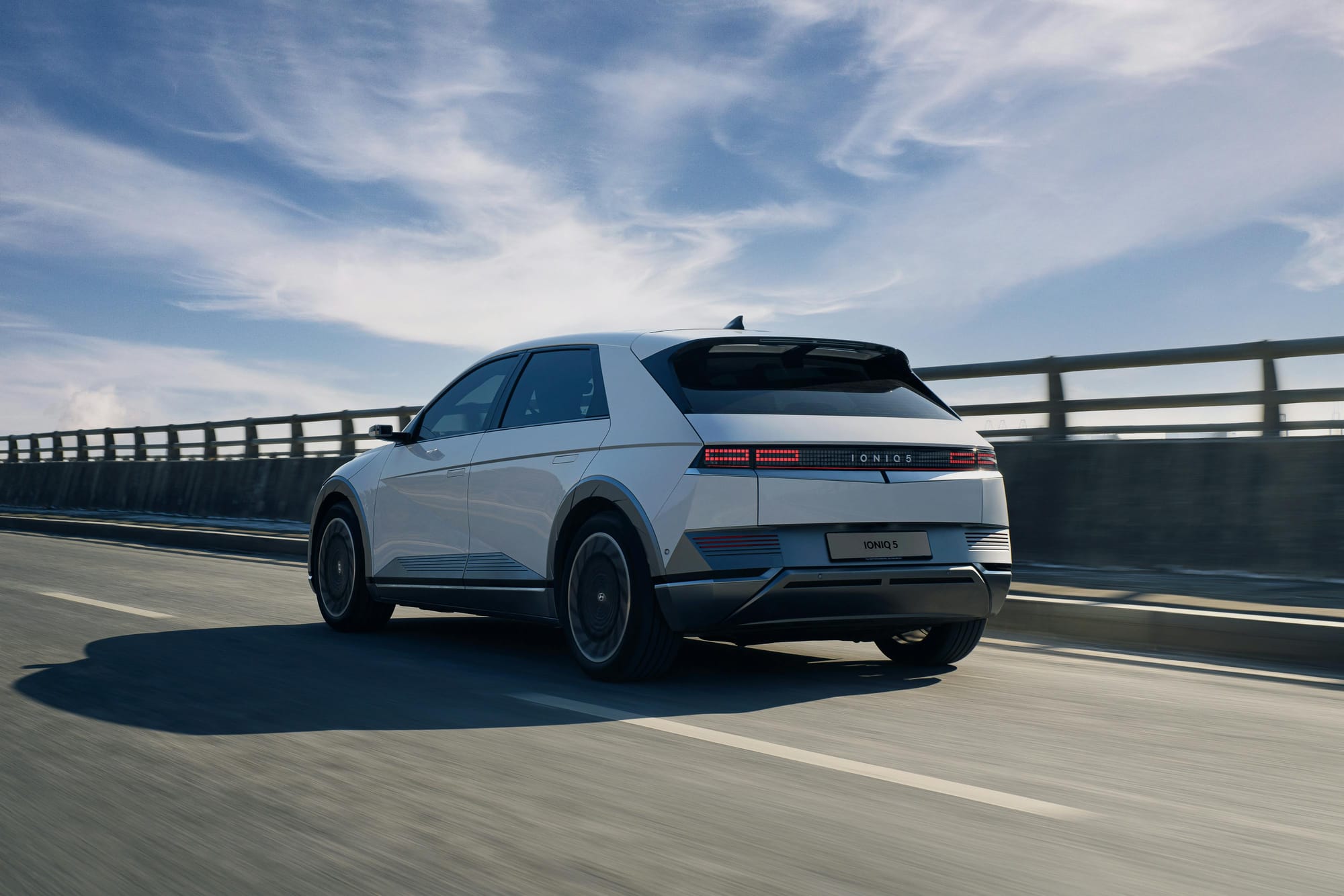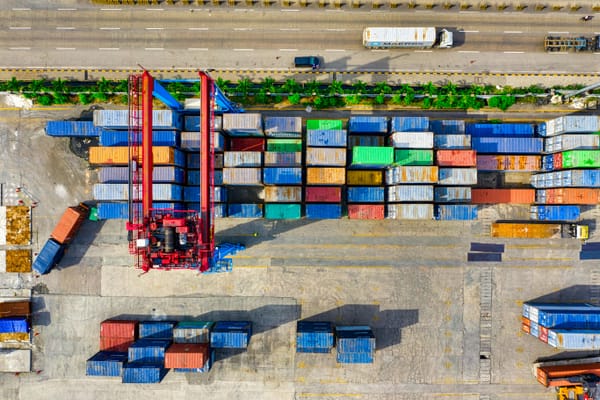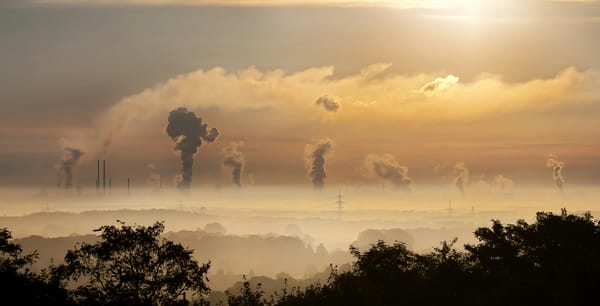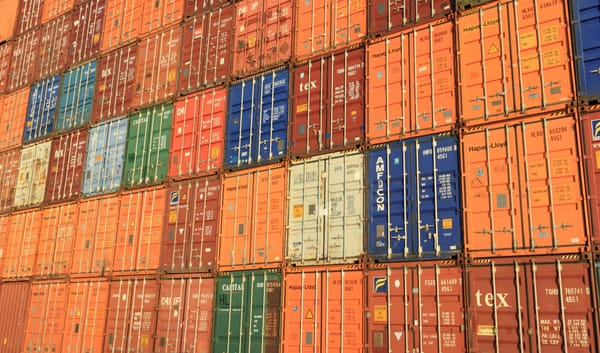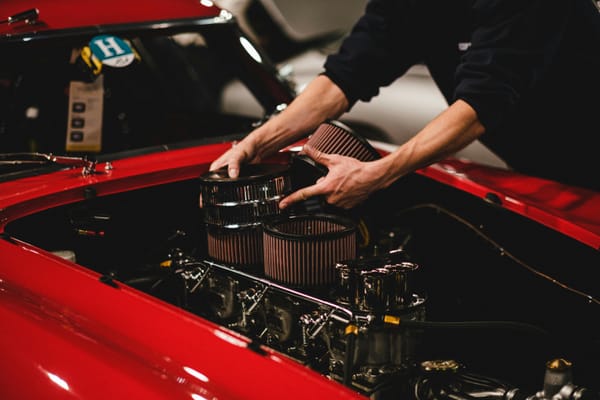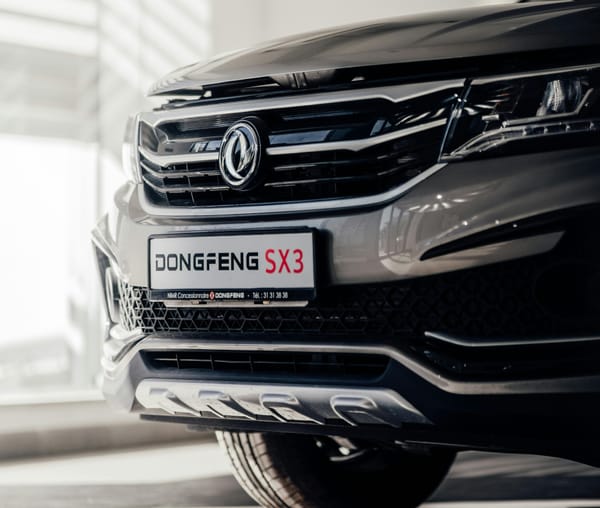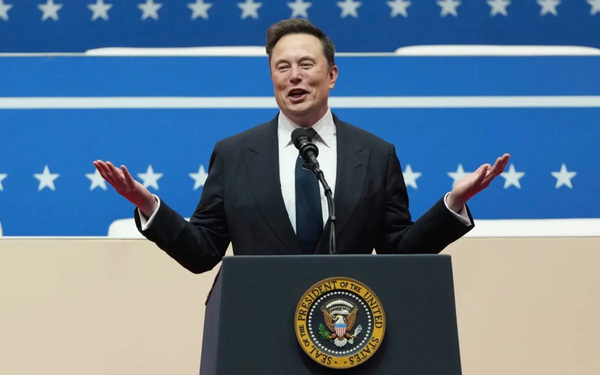The electric vehicle (EV) supply chain is under siege as trade tensions intensify on multiple fronts. While the U.S.-China trade war has been a longstanding issue, the battlefield now includes Canada, Mexico, and potentially the European Union.
This is not just about tariffs on Chinese EVs anymore. It’s about supply chain disruptions, alternative battery technologies, and the emergence of new winners and losers in the global EV race.
🌎 The Multi-Front EV Trade War: What’s Happening?
The U.S. is simultaneously engaged in trade conflicts with multiple key regions:
1️⃣ U.S. vs. China → Tariffs and restrictions on Chinese EVs, batteries, rare earths, and semiconductors.
2️⃣ U.S. vs. Canada & Mexico → Tariffs on auto parts, EV batteries, and vehicle imports, despite the USMCA trade agreement.
3️⃣ U.S. vs. EU (Potentially in the Future) → Possible tariffs on European-made EVs if the U.S. adopts stronger protectionist policies.
These tensions reshuffle global supply chains and create new winners and losers across industries.
🏆 Winners: Who Gains from the Multi-Front Trade War?
1️⃣ Alternative Battery Technologies: The Next Wave
🔹 Winners: Northvolt (Sweden - Private), QuantumScape (USA - QS), Faradion (UK - Private), Natron Energy (USA - Private), Toyota (Japan - TM)
💡 Why They Win
- Sodium-ion batteries (Northvolt, Faradion, Natron) don’t require lithium, cobalt, or nickel, reducing dependence on China.
- Solid-state batteries (Toyota, QuantumScape) could bypass lithium and rare earths, making them geopolitically attractive.
- Aluminum-Air batteries (Phinergy, Israel) could provide 1,500+ mile range without lithium or graphite.
📌 Implication
- If China restricts lithium or nickel exports, sodium-ion and solid-state batteries could become a national priority for the U.S. and EU.
2️⃣ U.S. & EU Battery Raw Material Suppliers
🔹 Winners: MP Materials (USA - MP), Piedmont Lithium (USA - PLL), Albemarle (USA - ALB), Lynas Rare Earths (Australia - LYSCF)
💡 Why They Win
- The U.S. and Europe want independence from China in lithium, rare earths, and graphite.
- Government incentives are flowing into domestic mining and processing.
- If China cuts exports, U.S.-based firms stand to benefit from emergency investment and subsidies.
📌 Implication
- The U.S. fast-tracks domestic lithium & rare earth processing to replace China-dependent supply chains.
3️⃣ U.S. and European Hybrid & PHEV Automakers
🔹 Winners: Toyota (Japan - TM), Honda (Japan - HMC), Ford (USA - F), GM (USA - GM), Stellantis (Netherlands - STLA)
💡 Why They Win
- Chinese automakers dominate full EVs (BEVs), but tariffs could shift demand back to hybrids.
- Toyota doubled down on hybrids instead of going all-in on EVs. Now, its bet is paying off.
- Plug-in hybrids (PHEVs) become a "compromise tech" in markets with trade restrictions.
📌 Implication
- Hybrids and PHEVs gain traction as a fallback until domestic BEV production scales.
4️⃣ Asia (non-China) Based Auto Parts Suppliers
🔹 Winners: Tata Motors (India - TTM), Denso Corporation (Japan – 6902), Hyundai Mobis (South Korea – 012330), VinFast Auto (Vietnam - VFS), Aisin Seiki (Japan – 7259), Thai Summit Group (Thailand), DRB-HICOM (Malaysia – DRB), and AAPICO Hitech (Thailand – AH).
💡 Why They Win
- As China loses its grip on auto supply chains, Japan, South Korea, Southeast Asia, and India become key alternative sourcing hubs.
📌 Implication
- Asian suppliers outside China strengthen their role as the new "go-to" suppliers for U.S. automakers.
🚨 Losers: Who Suffers in the Multi-Front Trade War?
1️⃣ U.S. EV Makers Relying on Chinese Parts
🔹 Losers: Tesla (USA - TSLA), Rivian (USA - RIVN), Lucid (USA - LCID)
💡 Why They Lose
- Heavy reliance on Chinese batteries, rare earths, and auto parts makes production more expensive.
- Tariffs on Chinese-made components could hurt margins.
- Tesla’s Gigafactory Mexico may face U.S. tariffs, raising costs further.
📌 Implication
- U.S. EV makers must quickly diversify supply chains away from China to remain competitive.
2️⃣ Chinese EV Giants Facing U.S. & EU Trade Barriers
🔹 Losers: BYD (China - BYDDF), XPeng (China - XPEV), NIO (China - NIO)
💡 Why They Lose
- U.S. market is closed off due to tariffs.
- The EU is considering tariffs on Chinese EVs, which could hit expansion plans.
- Chinese brands may need to relocate production outside China to remain competitive.
📌 Implication
- China may look to Mexico as a workaround, shifting EV production there.
3️⃣ Canadian & Mexican Auto Parts Suppliers Facing U.S. Tariffs
🔹 Losers: Magna International (Canada - MGA), Linamar (Canada - LNR.TO)
💡 Why They Lose
- U.S. tariffs on Canadian & Mexican parts raise costs for automakers.
- Supply chain disruptions hurt just-in-time manufacturing.
📌 Implication
- Tariffs create uncertainty for North American auto supply chains.
4️⃣ European EV Makers That Export to the U.S.
🔹 Losers: BMW (Germany - BMWYY), Mercedes-Benz (Germany - MBGYY), Renault (France - RNLSY)
💡 Why They Lose
- If the U.S. imposes tariffs on EU-made EVs, these brands will struggle in the American market.
- Chinese EV competition in Europe could erode their home market share.
📌 Implication
- Europe may implement its own protectionist policies to counter Chinese EV dominance.
📉 Final Scorecard: Who’s Up, Who’s Down?
Category | Winners | Losers |
Battery Materials | MP Materials, Piedmont Lithium, Albemarle | China-based refiners |
Alternative Batteries | Northvolt, QuantumScape, Faradion | Traditional lithium-ion manufacturers |
EV Manufacturers | Ford, GM, Toyota (Hybrid) | Tesla, Rivian, Lucid, BYD, NIO, XPeng |
Auto Parts | Japan, Korea, India, and Southeast Asia | Canada (Magna, Linamar) |
EV Market Expansion | U.S. EV makers protected | European luxury EV brands at risk |
🔮 The Future of the EV Trade War
This trade war is reshaping the entire EV supply chain, but the long-term outcome depends on government policy responses and corporate adaptation.
💡 Who stands to benefit the most?
✅ Battery & mineral companies in the U.S. and non-China regions.
✅ Asia ex-China, as auto manufacturing shifts from China.
✅ Hybrid and alternative battery technologies, as lithium dependence decreases.
💡 Who is at the greatest risk?
❌ Chinese EV makers, as global protectionism rises.
❌ Tesla, Rivian, and Lucid, due to reliance on Chinese parts.
❌ European luxury EV brands, if the U.S. retaliates with tariffs.
💬 What’s Next?
This trade war is still evolving, with new tariffs, subsidies, and countermeasures expected. If the U.S. expands protectionism to the EU, things could get even more complicated.
What do you think? Who are the biggest winners and losers in this shifting landscape? 🚗⚡🌎

